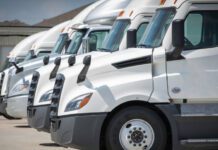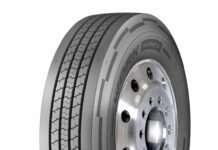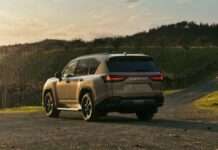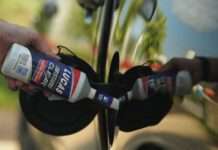The global auto industry is facing significant turbulence in 2025, as economic headwinds, political shifts, and intensifying competition created a perfect storm for carmakers worldwide.
Once buoyed by record profits during the pandemic, when shortages allowed for higher pricing, automakers are now grappling with the harsh realities of overcapacity, waning demand, and rapid market evolution.
Major players like Nissan, Volkswagen, and Stellantis struggled to find their footing. Nissan announced 9,000 layoffs, while Volkswagen is considering closing factories in Germany—a historic move. Stellantis’ CEO Carlos Tavares stepped down amid slumping sales, leaving the company to strategize a turnaround for 2025. Even luxury giants BMW and Mercedes-Benz felt the squeeze, with declining profits in key markets like China.


General Motors, despite its strong performance in the U.S., reported a staggering $5 billion loss in China this year, as its market share there continues to erode. This development weighs heavily on investor sentiment, highlighting the growing dominance of domestic Chinese brands and the challenges Western automakers face in maintaining relevance in the world’s largest car market.
Beyond company-specific woes, systemic challenges loom large. The shift to electric vehicles (EVs) remains costly and complex, with lackluster consumer demand in Western markets. Meanwhile, Chinese automakers such as BYD and SAIC are outpacing competitors with affordable, high-quality EVs, reshaping the global landscape. Political uncertainties, including tariffs and the potential rollback of EV incentives in the U.S. and Europe, further cloud the future.
GM’s recent retrenchment in autonomous vehicles and Toyota’s hybrid-centric strategy highlight the varied approaches companies are taking to navigate an uncertain market. While some automakers have shown resilience, including Toyota’s strong hybrid sales, the industry faces a critical crossroads.
For automakers, 2025 will be a defining year as they attempt to address these challenges through innovation, partnerships, and more efficient operations. However, the question remains whether legacy automakers can adapt quickly enough to thrive in an era defined by electrification, shifting global markets, and fierce competition from emerging players.


































